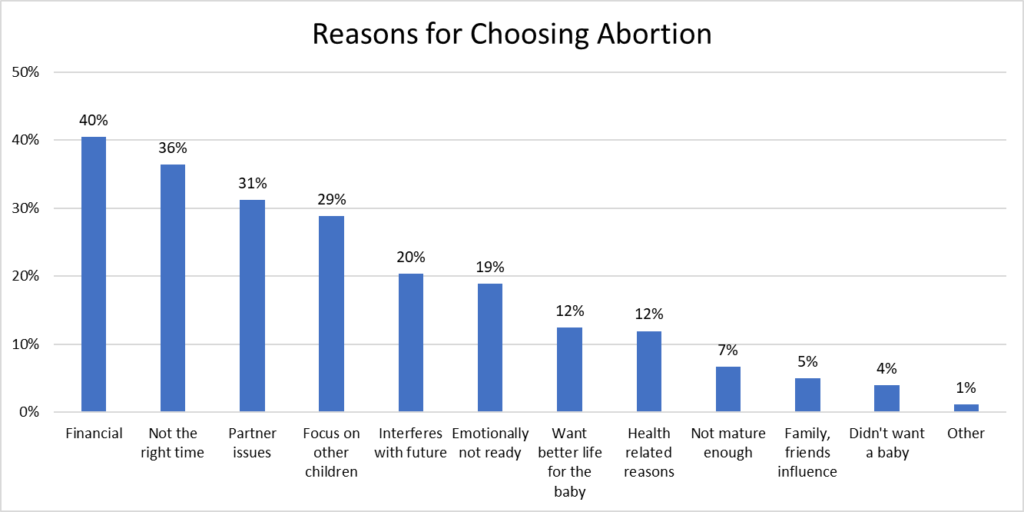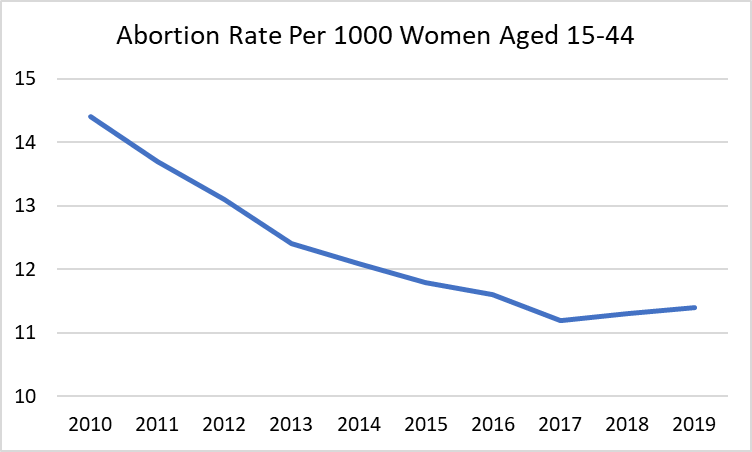Interregnum, the midterm and the curious timing of Roe vs. Wade
In the post-Trump era, observers wonder where the party stands on the rights of women, minorities and workers. Interregnum refers to a pause associated with a peaceful transfer of power. However, the US has not peacefully moved from one power structure to another; instead, it has pivoted from one crisis to another – with the Republican Party reneging on its pledge to conserve the rights of women, minorities and workers, while turning its back on preserving the economic growth of those groups. The case of Roe vs. Wade is exemplar, and thus at the heart of the political debate as the US approaches midterm elections.
Read also: From the legacy of the Trump presidency to the Midterms and beyond
At a time when the United States is already divided politically, the overturning of Roe vs. Wade by the upper courts constitutes a shredding of the United States Constitution in favor of preference and theocratic rule. It is vital to understand that the people who claimed moral victory are unaware of why one out of four women chooses to have an abortion. With the number of abortions significantly falling since 2010, why have the courts fought so hard to limit the choices of women who seek to care for themselves and maintain bodily autonomy at a time when abortion is safe and increasingly rare?

Abortion as a means of saving a life
In the United States, 12% of women who choose abortion do so as a life-saving measure. One of many examples is a placental abruption (although rare), which is when the placenta separates from the uterus. This particular condition, according to the Cleveland Clinic, can end a woman’s life, not to mention the life of a child. However, placental abruption is just one complication that can plague a pregnancy. According to the Commonwealth Fund, the estimate of women who die giving birth in the US is 700 per year.

Maintaining autonomy
On average, more than 460,000 women between the ages of 12 and 44 are raped every year in the United States. Of those women, 5% will seek an abortion as a response to rape. Although not all states will restrict abortion rights, a complete overturning of Roe vs. Wade means tens of thousands of women and girls between 12 and 44 face the difficult fate of raising a child born from rape.
Studies from the Gutmacher Institute shows that abortion is becoming less frequent. Figure 1 addresses the possible reasons women choose to have an abortion. However, the paradigm of who has an abortion also patterns why women choose not to have children in the first place. The position of the American conservative party is to promote pregnancy, but without the social support needed in modern society. However, there is no doubt that many women who choose a career over having children expand the possibilities of the language in the 9th Amendment, which states “life, liberty, and the pursuit of happiness.” Those who choose not to have children also extend the possibilities of the language in the Amendment.

What is not recognized is that there are women and men who believe that they are not ready, willing, or able to take up the mantle of parenthood. However, the need for responsible reproduction does not conclude there. Many couples choose not to have children due to the strife in the world. In short, more and more people choose not to raise children in a hostile world that has shown no promise of correcting itself.
Why now?
The economic, financial and emotional upheaval of the US Supreme Court decision to repeal Roe vs. Wade has caused a crisis never seen before. The opinion that the 1973 decision allowed women to have more abortions is a narrow-minded argument. Effectually, Roe vs. Wade kept women who needed an abortion from dying needlessly.
The Republican Party is without a platform, and gone are the days of promising to introduce policy that could work. In addition to anti-black, anti-LGBTQ+ rhetoric which continues to divide the stressed fabric of the United States, the conservative party’s victory in the repealing of Roe vs. Wade, and its centrality in the midterm election political debate, illustrates a long and targeted path strategically mapped by a small group of people towards ending abortion rights in America.
The timing is of particular interest as large swathes of the American public have become increasingly pro-choice and secular over time. It is clear that the majority of the citizens drifted left on this particular issue while the conservative leaders behind the decision have strayed far to the right. In an ideal world, governments sway with the will of the majority.
Read also: The abortion debate in the US: a split country
Women who need to obtain a safe abortion risk being put in harm’s way, unless the United States prioritizes women’s and children’s health. Banning safe and legal abortions will not make abortion disappear, rather it will make obtaining an abortion far more deadly.
The conservative right strives to sensationalise and delegitimise rights as comforts rather than necessities. To quote Associate Justice of the Supreme Court Brett Michael Kavanaugh, “Roe is the law of the land.” Today the right of safe, and legal abortion, access to contraceptives, and interracial marriage are under threat. As the United States moves towards implementing regressive policy, it risks becoming the type of government it is known for criticizing. The American voters need to ask, if the courts have managed to repeal Roe vs. Wade, what could this mean in the future for gender equality, civil rights, workers’ rights and even environmental protections?
